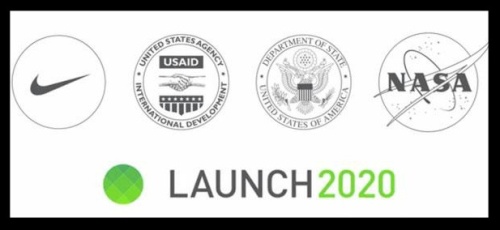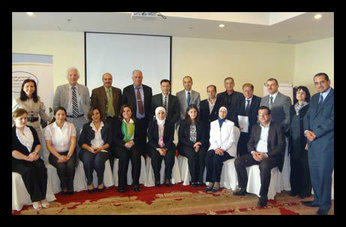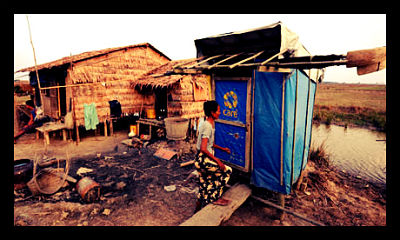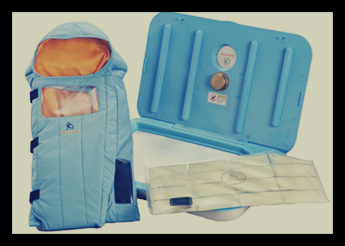
Nike has partnered with NASA, USAID and the US Department of State to bring together specialists, designers, academics, manufacturers, entrepreneurs and NGOs to take action around a global challenge — sourcing and utilizing sustainable materials. A three-day LAUNCH 2020 Summit is planned for September 2013, highlighting the importance of innovation and collaboration in developing materials that will not have a negative impact on people and the planet.
It is estimated that around 150 billion garments were produced around the world in 2010, and by 2015 the global apparel industry is expected to produce more than 400 billion square meters of fabric every year. This massive industry has a tremendous effect on agriculture, natural resources, communities, and environmental damage due to toxins, waste and carbon emissions.
LAUNCH, started in 2010, seeks “innovations that will transform the system of fabrics to one that advances equitable global economic growth, drives human prosperity and replenishes the planet’s resources.” This is what sustainability is all about; finding business practices that are not detrimental, while also allowing for continued growth.
There is also a LAUNCH 2013 Challenge Statement, an open call for innovators to invent new systems of producing fabrics. In August, 2013, the 10 strongest ideas will be selected and participants will take part in an intensive program to provide them access to “capital, creativity and capacity.” Three years ago LAUNCH chose astronaut Ron Garan’s innovation on clean water. Garan developed a concept to deliver clean water, energy and sanitation to poor communities, through the combination of sustainable development and carbon credits. As part of the LAUNCH process, Garan met with experts and investors to bring his idea to life. His Carbon for Water project has now successfully distributed one million filters that provide clean water to 4.5 million people in Kenya.
Nike also recently joined 32 other multinational companies, including eBay, IKEA, L’Oréal and Limited Brands, in signing a “Climate Declaration” asking federal policymakers to take action on climate change. As part of the declaration, the companies also asserted that over coming climate challenge is also one of the biggest American economic opportunities of the 21st century.
– Mary Purcell
Source: Sustainable Brands, LAUNCH



 On May 21, 2013, USAID issued a new global water strategy, the government’s first comprehensive integration of water security into all US development funding and programs.
On May 21, 2013, USAID issued a new global water strategy, the government’s first comprehensive integration of water security into all US development funding and programs.



